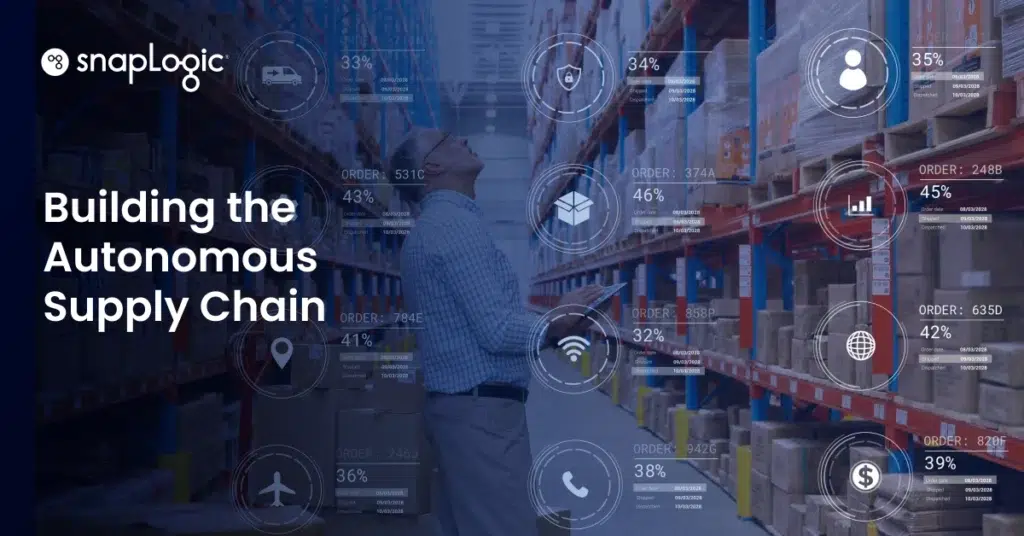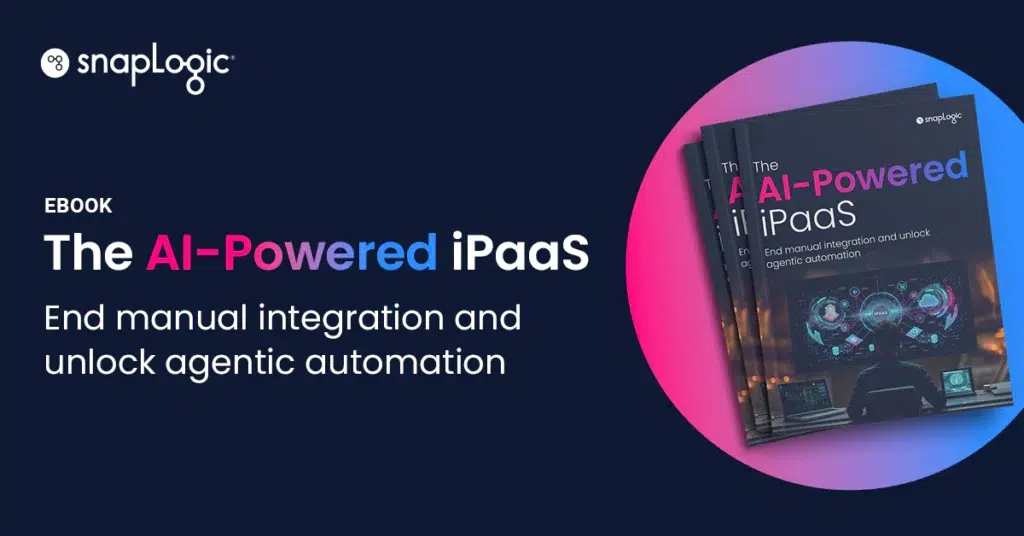What is a data catalog?
When storing large amounts of data, a data catalog is essential. A data catalog is basically a big data glossary that contains the metadata references for the various tables, databases, and files contained in data lakes or data warehouses. The metadata can include the location, profile, and statistics about what is stored. It is also possible to view summaries and comments about it.
With a data catalog, a centralized location is created which directs users to the data that they want to query. Its function is similar to that of a massive online retail portal in making it easier to find what you want. Rather than requiring highly specialized skills to locate and query the desired data, a data catalog organizes object definitions which make them easier to locate and assess their content. Whether a storage system is based in the cloud or is an on-premises data warehouse, time spent finding the data that’s wanted can be greatly reduced.
The use of a data catalog can also improve the efficiency of data collaboration tools. These allow various departments to coordinate their collection and analysis of an organization’s big data. It also means that outside contractors can get acquainted with a company’s data a lot sooner. Tools, such as the Data Catalog Snap Pack, can help improve an organization’s data governance initiatives by enabling everyone to better access and manage their data.
A data catalog can preclude the necessity for making a big data download, thus saving time and bandwidth. This is because data catalogs make it easier to locate precisely the data that is required for processing and avoid unstructured or duplicate data.
When using automated data collection from a range of inputs, such as social media interactions, sales, new orders, or delivery speeds, a data catalog can be of enormous assistance by automatically tagging and categorizing data. This prevents collected data from becoming unmanageable, which would lessen an organization’s s analysis capabilities.









